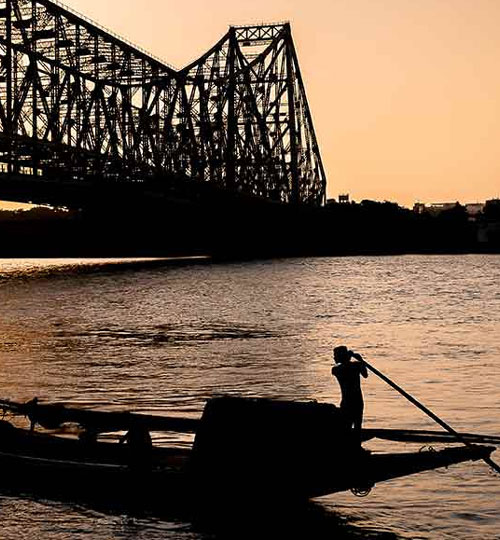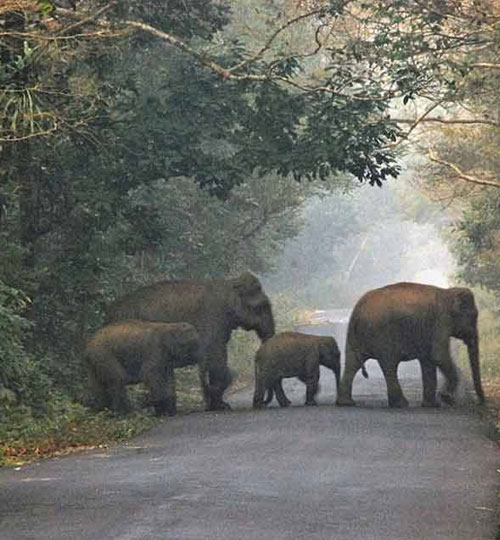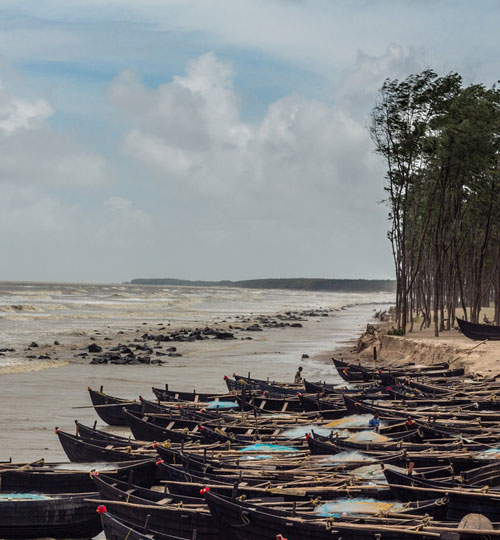Bengal
West Bengal is an Indian State located in Eastern India. Kolkata is the state capital. West Bengal is the 4th most populous state in the country. It shares its border with Bangladesh in the east and Jharkhand and Bihar in the West. West Bengal also shares a border with Bhutan in the North East and Nepal in North West. It also shares a border with Odisha in the southwest and with the states of Assam and Sikkim in the north. It is a land of remarkable natural splendours.
The state of Bengal stretches from the snow-capped Himalayas in the north to the sultry and mysterious mangrove forest of the Gangetic delta and the sun-kissed sea beaches in the south. This magnificent natural diversity along with rich cultural heritage, historical monuments, architecture, arts, and crafts, colourful festivals, and delicious cuisine, make this state one of the most attractive destinations in our country.
People and Culture
Bengal is the melting pot of different communities and cultures. The diversity in socio-cultural aspects is one of the striking features of the state. Hindus are the majority community here. But minorities like Muslims, Sikhs, Buddhists, Christians and Jains have also maintained the unique and age-old tradition of their community. Thus a confluence between cultures happens and out of this synthesis emerges an environment of peace and harmony. Bengalis are fun-loving people with interests in different aspects of art and literature. The practice of intellect is admired and encouraged here. Thus Kolkata is truly called the cultural capital of India. Every major religious festival here irrespective of religion is celebrated with tremendous passion. Durga Puja which is one of the greatest festivals on this planet is undoubtedly the main festival here. It is a festival which is truly matchless. A visit to Bengal, especially Kolkata during the time of Durga Puja would surely be an unforgettable and everlasting experience. Eid is celebrated throughout Bengal and this is also a festival which is not confined across religious boundaries. The same thing applies to Christmas. Other major festivals here are Diwali, Kali Puja, Bhaiduj, Saraswati Puja, Muharram, the celebration of English and Bengali New Year, Holi, Buddha Jayanti etc. The diverse hill region of Bengal has local festivals like Losar, Dasai etc.
Bengali Cuisine is one of the most delicious cuisines in the country. Fish-loving Bengalis are fond of Rice and different fish preparations. But Bengal has adopted different culinary styles and essences and blended her unique individuality into it. It is a food lovers' paradise. The typical Bengali Non-veg and Veg preparations, the Kolkata Biriyani with kebabs, Tandoori, tikkas and chapns, Chinese cuisine, Punjabi cuisine and south Indian dishes all have formed the core of the culinary culture of Bengal. The sweets which are here known as misthi are another important aspect of Bengal cuisine. Rasgoolah, Sweet curd (Misthi doi), and Sandesh are the most widely appreciated.




A BRIEF HISTORY
The famous Greek traveller and chronicler Megasthenes mentioned Bengal in his chronicle. In the Epic Mahabharata, the name of Bengali kings like Chitrasena was mentioned. During the time of the Maurya dynasty, Bengal flourished and the same tradition continued during the time of the Gupta empire also. Then at the time of the Gauda empire, Bengal experienced glory and development once again. One of the most important periods in the history of Bengal was the rule of the Pala dynasty. It was called the Golden Age of Bengal. Under their patronage, the cultural standards of the state were raised to a considerable extent. Bengal gradually came under the Islamic rulers during the medieval period. The most prominent among them was Sher Shah who built great infrastructures and did some genuine development work in the region. Grand Trunk Road is a classic example of that. Then the Mughals gained control of the territory. They were ruling through Subahdars. Murshid Quli Khan who was a devoted Mughal commander became the Nawab of Bengal. Murshidabad became the capital of the state.
The European Settlement – The Portuguese were the first to arrive, settle and start doing trade in Bandel, Bengal. Then Dutch and Danish traders reached Chinsurah and Serampore and French settlements started growing in Chandannagar. Ultimately it was the British East India Company who took control of Bengal after the battle of Plassey where they defeated the then Nawab of Bengal Siraj-Ud-Daulla. After the battle of Buxar, the Bengal Presidency was created and incorporated with the British-controlled Indian Territory. In 1773 when the British gained almost total control of the country they declared Calcutta as their capital in India.
Partition Of Bengal – Lord Curzon the then viceroy of India announced the partition of Bengal in the year 1905. Bengal was divided along communal lines. Bengal was torn into Muslim-dominated East Bengal and Hindu-dominated West Bengal. It leads to agitation and protest movements. Eventually, on 12th December 1911, Bengal was reunited. Ultimately during independence when the Partition of India took place Bengal was again divided. East Bengal became part of the newly-born state of Pakistan. West Bengal remained as part of India. Later East Pakistan became free in the 1971 war and became the state of Bangladesh.
Climate
Apart from the northern hill region and some part of the Jalpaiguri district the entire state experience a warm wet climate. Summer and rainy seasons are the two major seasons here. Winter expands from the last week of November to the 2nd week of February. Autumn and spring last for a short span. April to the 2nd week of June is extremely hot and humid in Bengal. The best time to visit the Southern part of Bengal is October to March. The rainy season expands from mid-June to September.
